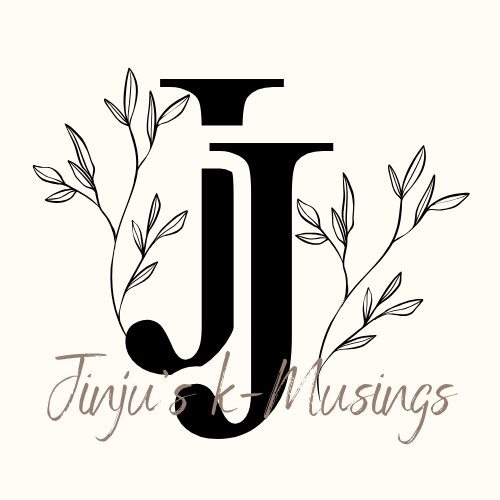A K-drama Recapalogue Review
One of Hagyeong’s one-day-off trips in One Day Off, was sparked by a conversation with a student about career choices. The student told her she didn’t want to go to college—she wanted to write music instead.
Would you be worried if your kid said that? Or have they already? That was exactly the same conversation I had recently with a friend. Her son doesn’t want to finish school—he wants to be an actor.
What was Hagyeong’s reply? She advised her student to first get into college and write music there. But the student pushed back, saying she wouldn’t have time to write music in college. She insisted she would quit school, but Hagyeong challenged her: Who would support your cost of living? Would you rely on your parents forever?
Then, on her one-day-off, she took a trip to a nearby town to visit an art exhibition held by one of her former students. Hagyeong was the first visitor. But what she walked into was not just an art exhibition—later, as more people arrived, the artist led an intimate presentation about her work and art itself. It was bizarre, eccentric, and strange.
I don’t think I would be comfortable in a space that makes me want to withdraw, retreating into something more familiar. It’s not just the art pieces themselves, though they may be shocking to look at. It’s the atmosphere—the way the space is set up. When it creates a certain uneasiness, it takes on an aura that makes me feel on edge.
And yet, despite its strangeness, the exhibition inspired Hagyeong. In that small room, something unexpected happened—the people broke into song, as if art and self-expression had taken on a life of their own. And not only that—Hagyeong herself completed the launch with a song of her own. She wasn’t always on pitch or perfectly in tune, but it came from the heart.
I found the conversation between Hagyeong and her former student—the artist—particularly intriguing. While looking at the art pieces, the artist struggled to explain her take on art. All she could say was that her art was unique in its own way, like a celebration. And then she concluded that loving it is enough.
She then walked over to a large piece—a portrait, yet faceless, with only splashes of paint in place of eyes, nose, and mouth. She admitted she couldn’t think of a title, so she simply called it Self-Portrait.
What happened next was fascinating, especially for someone like me, who has only just started appreciating art. To encourage her, Hagyeong thought to herself, “I just want to say something nice,” And then, she said something so insightful that it even surprised the artist herself.
As Hagyeong looked at it, her eyes widened and she said:
“I like it. The name fits perfectly. A person looking at it would think they are seeing a part of themselves. There is something that explores the collective unconscious. It’s like how people consider themselves these days. I like it. It’s excellent work!… I don’t know much about art, but something speaks to me. There is a penetrating insight regarding people. If someone like me can grasp the essence of your work, there sure is creative talent on display… You have that.”
You should see the artist’s face—actually, you can! Go check out the drama. But what Hagyeong captured is the heart of art appreciation: looking for what speaks to you. In just a sentence, she transformed the Self-Portrait of the artist into a self-portrait of any beholder. And to me, that speaks volumes.
And with that, you could say that life itself is an art form—a reflection of self-expression. The student who wants to write music, the strange and bizarre launch of the exhibition, the spontaneous singing in response, Hagyeong’s song, my friend’s son wanting to act—they are all different forms of the same thing.
But art is a tough business and a difficult career to sustain, as Hagyeong’s visit made clear. She travelled all that way, only to be the first visitor, with just a small trickle of others following—mostly friends and acquaintances. The expression of aesthetics—through music and mood, colour and paint, words and gestures—is received differently by different people. Reaching the right audience is such a challenge, especially without the means to spread it widely. Yet, paradoxically, that in itself is quite contrary to the essence of what art is.
On the bus ride home, reflecting on the day, Hagyeong texted her student: “Have you written any songs?” The question clearly delighted her student, who immediately sent her one to listen to.
And in the same way, I suggested to my friend that her son check out improv groups—an outlet to explore his passion and figure out what he truly wants. Will he take the risk and embrace the struggle of an artist’s life, or will he choose the safer road, like so many of us do?
Perhaps the real question isn’t whether one should choose art or security, but whether we can create spaces where artistic passion isn’t dismissed as impractical. Maybe it’s not about taking the “safe” or “risky” path, but about finding a way to keep creating, even within the constraints of reality. Hagyeong’s student, my friend’s son, even Hagyeong herself—they each stand at that crossroads.
And perhaps, in one way or another, so do we.
